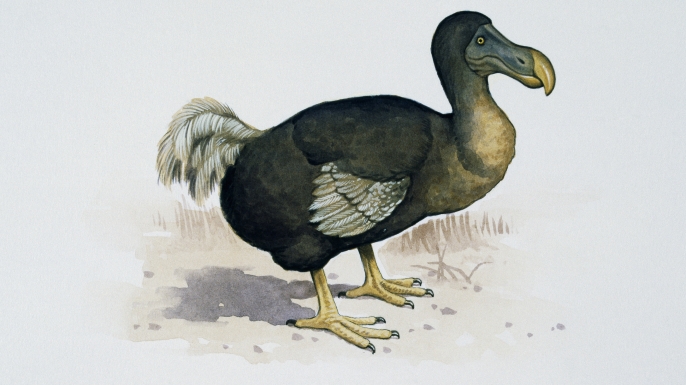


By Steve Sailer
12/08/2016
Countries in sub-Saharan Africa and the West Indies only occasionally participate in the big international school achievement tests, PISA and TIMSS. Fortunately, a number of countries in Eastern and Southern Africa have their own test: SACMEQ. (Here are the math scores for SACMEQ III in 2006-2011. SACMEQ IV doesn’t appear to have been released yet.)
Here’s a paper by Justin Sandefur comparing SACMEQ scores to TIMSS scores:
Internationally Comparable Mathematics Scores for Fourteen African Countries
Abstract Internationally comparable test scores play a central role in both research and policy debates on education. However, the main international testing regimes, such as PISA, TIMSS, or PIRLS, include very few low-income countries. For instance, most countries in Southern and Eastern Africa have opted instead for a regional assessment known as SACMEQ. This paper exploits an overlap between the SACMEQ and TIMSS tests — in both country coverage, and questions asked — to assesses the feasibility of constructing global learning metrics by equating regional and international scales. I compare three different equating methods and find that learning levels in this sample of African countries are consistently (a) low in absolute terms, with average pupils scoring below the fifth percentile for most developed economies; (b) significantly lower than predicted by African per capita GDP levels; and (c) converging slowly, if at all, to the rest of the world during the 2000s. While these broad patterns are robust, average performance in individual countries is quite sensitive to the method chosen to link scores. Creating test scores which are truly internationally comparable would be a global public good, requiring more concerted effort at the design stage.
Here’s Sandefur’s list of SACMEQ scores from the year 2000:
- Mauritius 585
- Kenya 562 (teachers 967)
- Seychelles 554 (teachers 868)
- Mozambique 530 (teachers 789)
- Swaziland 518 (teachers 804)
- Tanzania 517 (teachers 792)
- Botswana 513 (teachers 751)
- Uganda 506 (teachers 827)
- South Africa 483
- Zanzibar 476 (teachers 686)
- Lesotho 448 (teachers 737)
- Malawi 434 (teachers 770)
- Zambia 432 (teachers 749)
- Namibia 431 (teachers 731)
Sandefur writes:
Focusing exclusively on the set of common items administered to both pupils and teachers, pupils answered an average of 28% of items correctly, while teachers answered 73% correctly. Across countries, pupils’ percent correct ranged from just over 20% in Malawi and Zambia to 41% in Mauritius (the latter country did not administer the teacher test). Teacher scores ranged from just 58% in Zanzibar to 91% in Kenya.
Sandefur’s three methods of comparing SACMEQ to TIMSS scores suggest that the African test is inflated by 150-225 points or so. I think it’s perfectly reasonable for African countries to have an easier test that encourages them to try to improve to outdo their peers, just as Ivy League football teams measure themselves against Ivy League football teams rather than against, say, the U. of Alabama.
Random comments:
 Mauritius isn’t really an African country, it’s more like an Indian Ocean version of Trinidad, with mixed South Asian, African, French, and East Asian populations.
Mauritius isn’t really an African country, it’s more like an Indian Ocean version of Trinidad, with mixed South Asian, African, French, and East Asian populations.
Kenya’s students scored the best in 2000 and their teachers did quite well. Sandefur estimates that Kenyan teachers would have done better than world-leading Singaporean 15-year-olds on the TIMSS. Way back in 1981 I had a summer job involving Africa. Back then, Kenya’s GDP per capita was quite low by African standards. But most of what I read for the job that was of a qualitative nature implied that, GDP statistics be damned, Kenya, as Olympic medals and foreign tourism would suggest, was the best country in black Africa. Employing smart math teachers would seem to me to be a good measure of a country’s quality.
The Seychelles are similar to Mauritius demographically, with African, South Asian, European, and East Asian ancestries, although perhaps more African than Mauritius.
Both Mauritius and the Seychelles islands were uninhabited before Europeans arrived in the early 1500s, although it’s likely they were visited earlier. The flightless, easy-to-eat dodo bird lived in Mauritius so it’s safe to assume that no humans had made Mauritius their home for long previously.
Modern scientists say the dodo was probably about as smart as its relative, the pigeon. It’s just that the dodo lacked an instinct to fear newcomers. So by 1662 the dodo was extinct.